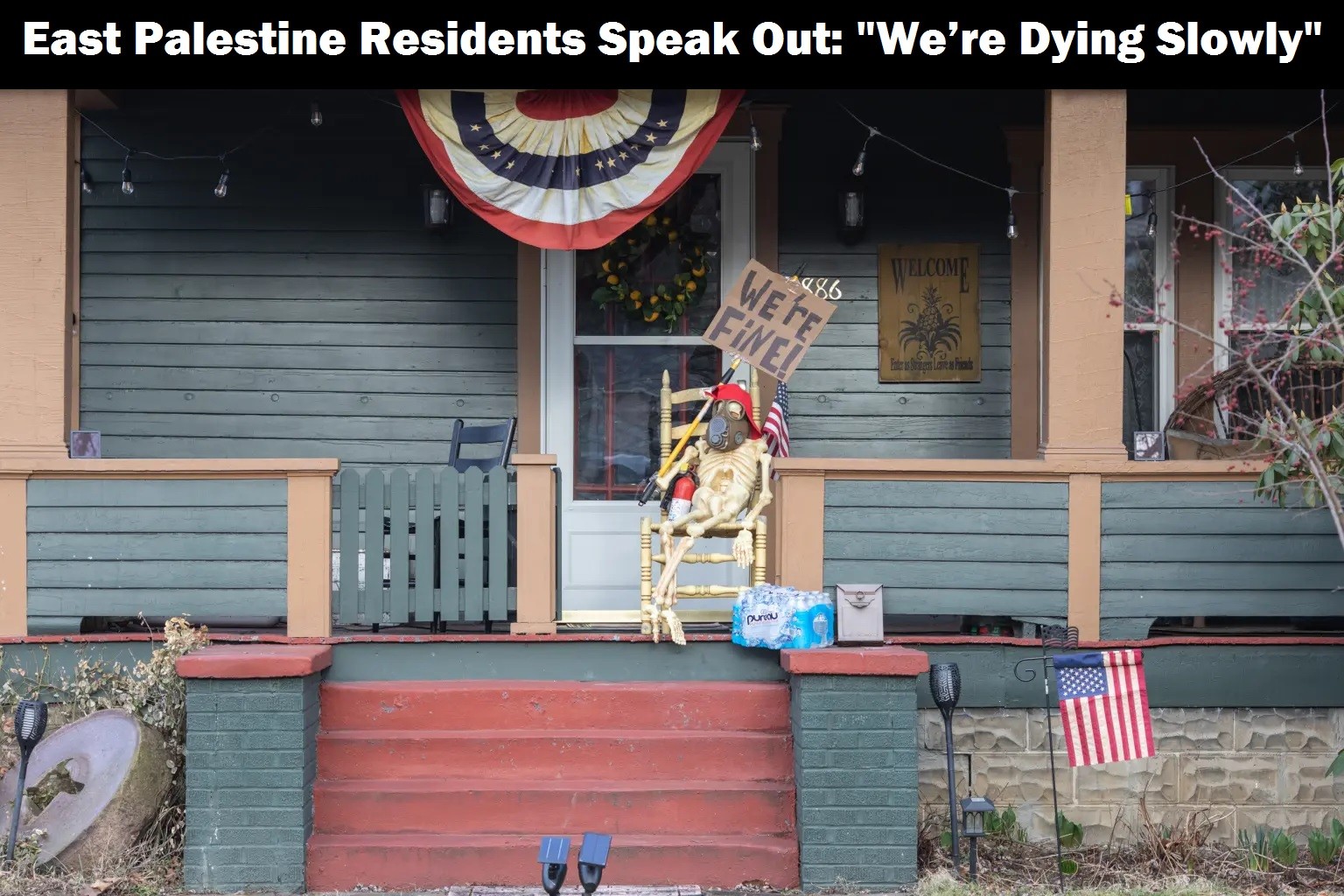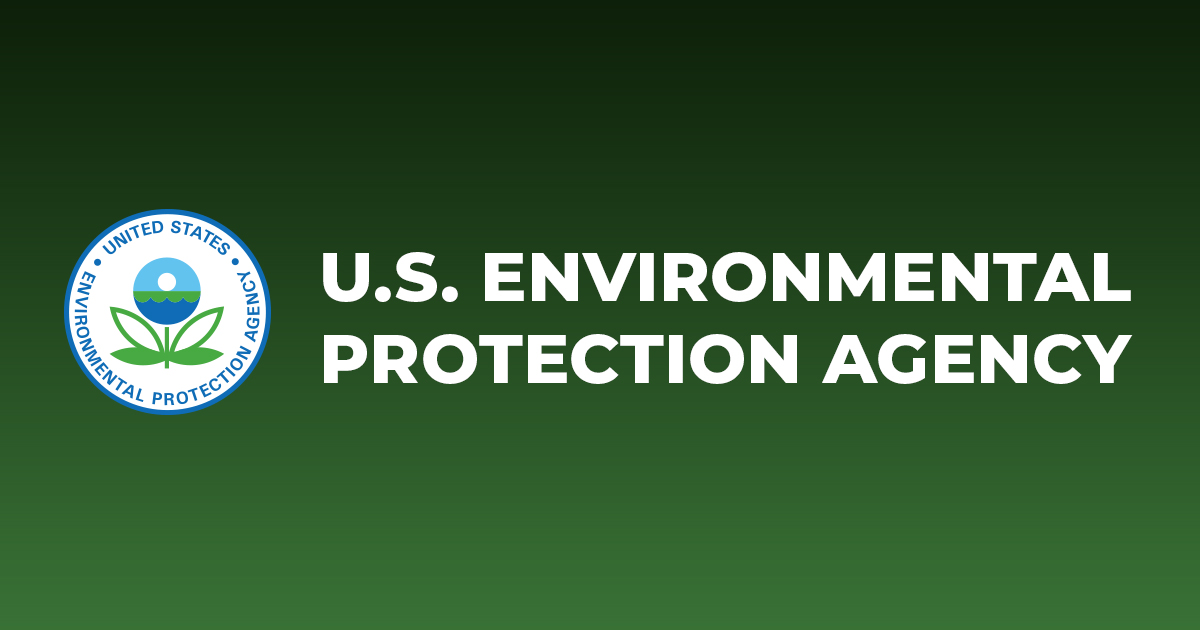Vinyl chloride most toxic when burned, test finds
KYODO
SAPPORO - A recent experiment has found that of three types of plastic, vinyl chloride produces the largest amount of dioxin when burned and nonplastic substances produce more dioxin when burned together with chlorine compounds, according to researchers.
The test was conducted by a research group formed jointly by the Gifu Prefectural Institute of Health and Environmental Sciences and the National Institute for Environmental Studies. The results were announced Tuesday to an environmental science conference in Sapporo.
Scientists already know that dioxin, a carcinogen, is produced through burning, particularly plastics, but it is unclear how much dioxin is produced by each substance.
The experiments could prove useful in efforts to reduce the amount of dioxin being released into the environment.
The researchers used small incinerators to burn three types of plastic under various conditions.
In addition to vinyl chloride, the other substances were polystyrene, used in foam packaging, and polyethylene, which is found in many household products.
The experiment measured the amount of the most poisonous dioxin found in a cubic meter of gas emitted from the burning. Measurements were in nanograms, each being one-billionth of a gram.
Vinyl chloride produced 16 nanograms of dioxin per cubic meter, the highest amount of the three plastics. For polystyrene, the amount was 0.28 nanograms, and for polyethylene, 1.2 nanograms.
The numbers increased when the plastics were incinerated together. When vinyl chloride and polyethylene were mixed, the amount rose to 19 nanograms.
The same tendency was observed when nonplastic substances were added. Newspaper soaked in table salt or burned with vinyl each produced more than 30 nanograms of dioxin. Newspaper alone, by comparison, produced a mere 0.17 nanogram.
The researchers concluded that even seemingly innocuous materials like newspaper can increase the dioxin produced when burned with compounds containing chlorine.
The finding also highlights the importance of separating garbage before it is incinerated, they said.
In recent years, manufacturers have cut back on their use of vinyl chloride, used for containers, wrapping materials and other products, following reports that it produces large amounts of dioxin when burned.
Waste plant lawsuit
KOBE (Kyodo) About 300 residents of Ichikawa, Hyogo Prefecture, filed a joint suit Wednesday seeking to stop three town governments from proceeding with a plan to build a facility to make fuel out of burnable waste.
The group filed the suit with the Kobe District Court, claiming the production of the fuel will generate cancer-causing dioxin and related substances.
The residents are demanding that the administrative union comprising the towns of Ichikawa, Okawachi and Kanzaki not spend the 1.56 billion yen earmarked this fiscal year for building the facility in Ichikawa.
The towns estimate the facility will cost 4.14 billion yen to build.
An administrative official said the towns have yet to receive the approval of the Health and Welfare Ministry to build the facility and have not purchased the land where it is to be constructed.
The group argues that the towns will have to pay high prices for the land, as landowners will be reluctant to sell property to build a waste disposal facility.





